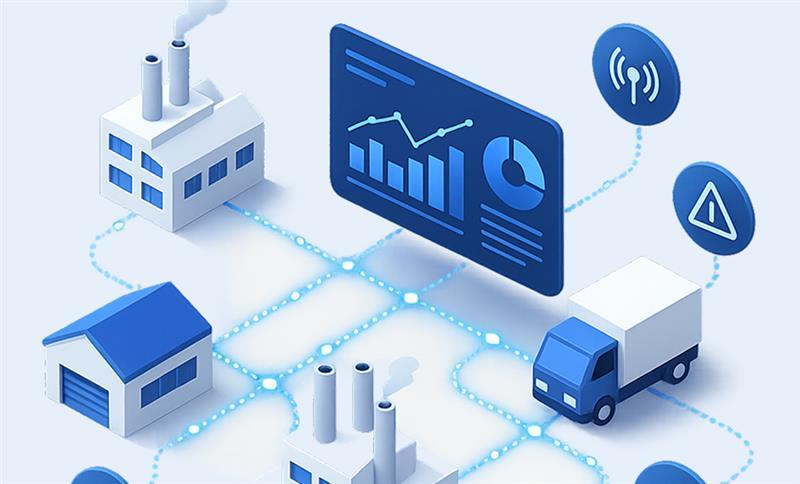Achieving Growth with Multi-tier Supplier Collaboration
Chiefly based on a wonderful piece from our friends over at McKinsey about uncertain delivery times and critical shortages due to COVID-19. Certainly the crisis wreaked havoc on production and logistics worldwide, causing chaos for organizations all over. Consequently, in reflecting on the shortages of semiconductors, lumber, and steel, it was a wake-up call which highlighted just how fragile our globally integrated supply chains can be. Despite it all, crisis can be turned into opportunity. Technology unveiled potential disruptions along supply chains, enabling new strategies to prevent future headaches. Embrace the power of tech and turn crisis into triumph by building strong partnerships with multi-tier suppliers today.
The pandemic propelled supply chains to the forefront of corporate priorities, although the focus was already gaining momentum. Dive into the world of ambitious ESG goals that demand OEMs and suppliers to monitor, control, and share information on carbon emissions and labor practices throughout their supplier networks. Uncover the vital role suppliers play in industries like automotive, where they are responsible for a staggering 80 percent of product value. Learn how supplier cost, quality, innovation, and delivery performance are pivotal to achieving business triumph.
In the pursuit of excellence, companies have discovered the key to success lies in forging stronger bonds with their trusted suppliers. By fostering a deep connection, they can unlock immense potential for growth and improvement. However, the path to achieving a fully integrated supply chain has been littered with challenges.
The journey towards seamless collaboration has been hindered by three major hurdles. Original Equipment Manufacturers (OEMs) and suppliers alike have grappled with the struggle of increasing data sharing and building effective collaboration networks within their supply chains.
Technology
Outdated technology hinders efficient data exchange in supply chains. For instance, the automotive industry relies on the limited electronic data interchange (EDI) standard, which restricts sharing of crucial information on forecasts, orders, and delivery schedules. It’s time for a modern solution that enhances collaboration and streamlines operations.
Processes
Imagine a world where we can effortlessly exchange complex data about everything from the environmental impact of products to their exact location in real-time. Unfortunately, we haven’t reached that point yet. Standards of processes for this kind of data exchange are yet to be developed. But, the potential for transforming our logistics networks and making more informed decisions is huge.
Confidence
Building confidence in each other is crucial for participants in data sharing projects. They face two major challenges. The first is protecting sensitive information. The second is establishing a common understanding of the value and accuracy of each other’s data. These hurdles make it hard for organizations to agree on terms and incentives. It can make them hesitant to incorporate external data into their systems. Perhaps, however, we can create a stronger foundation for collaboration with confidence in each other.
Final Thoughts on Supplier Collaboration
Broken down barriers, money saved, and boosted resilience. That’s what happens when participants come together, embrace common standards, trust each other, and share the gains. But it doesn’t stop there. This greater integration sets the stage for a sustainable and efficient supply chain, with a laser focus on end-to-end success. Don’t miss out on this key enabler for the fast and flexible future we’re all striving for.





